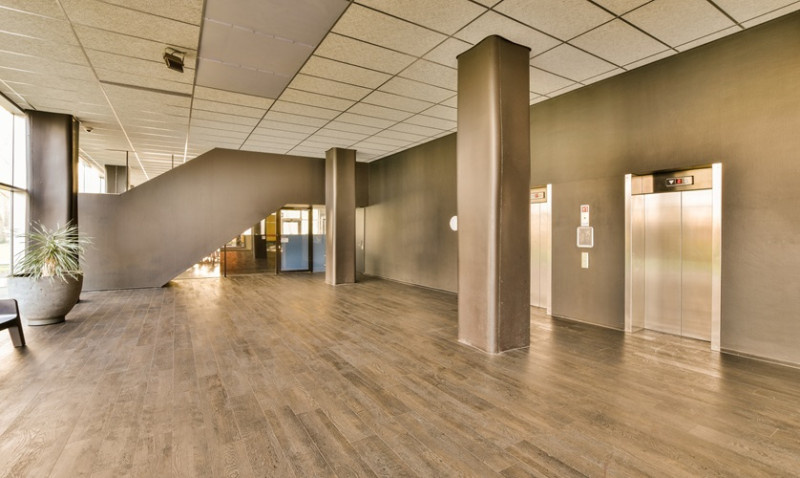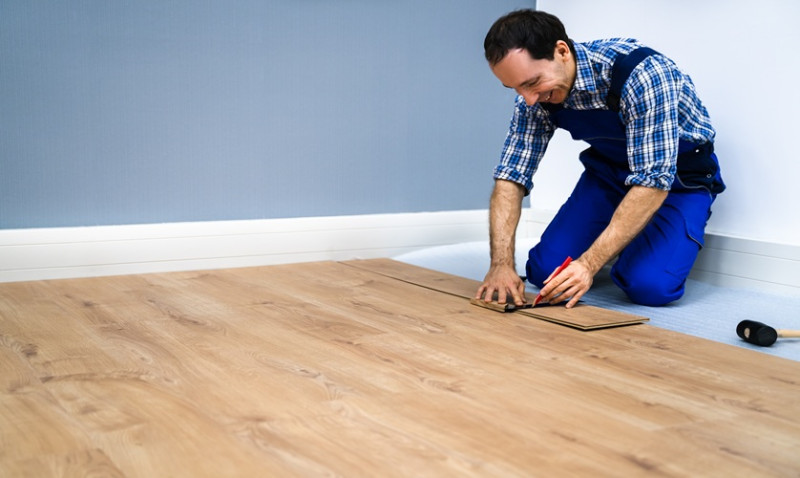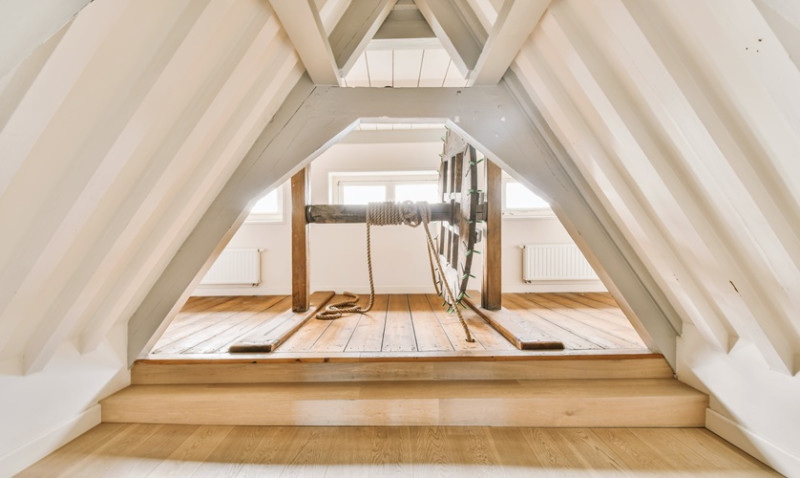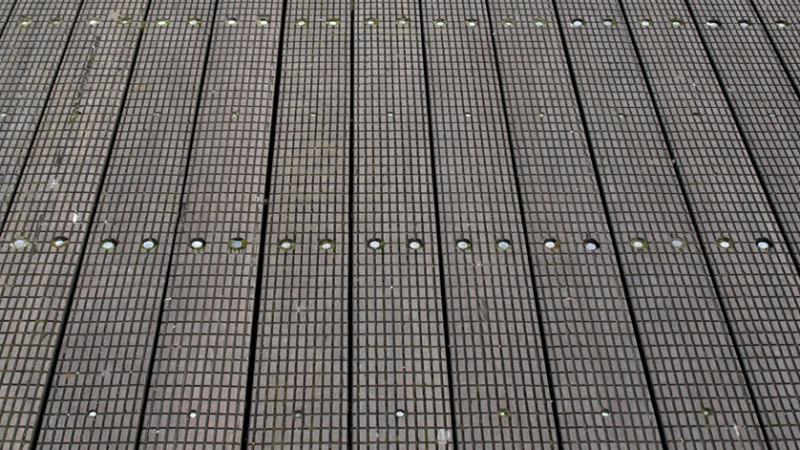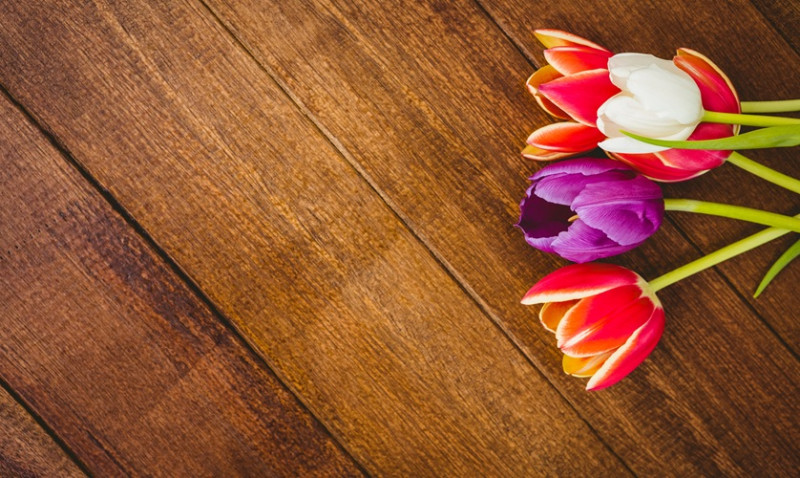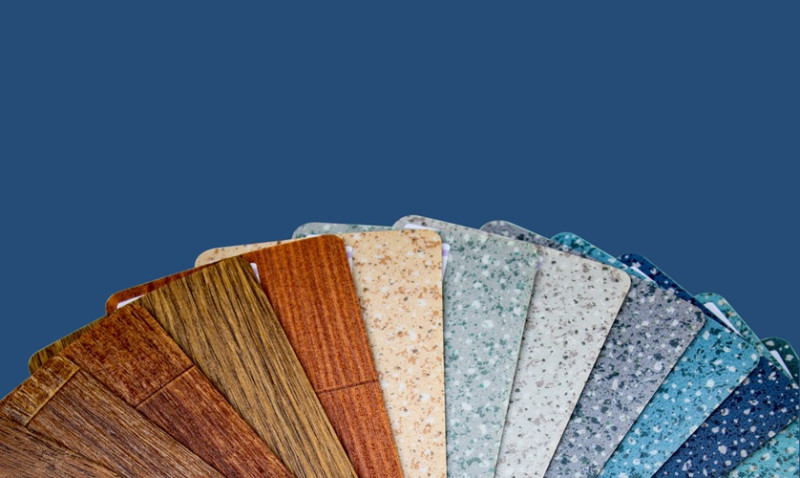
Choosing the right flooring for your home is a big decision, especially when balancing aesthetics, durability, and budget. As someone who has personally lived with both real hardwood and luxury vinyl (LVT) flooring in different parts of my home for over three years, I’ve gained valuable insights into how each performs over time. Whether you’re a DIY enthusiast, a young professional redecorating your first flat, or a seasoned architect or tradesperson working on client projects, this post will walk you through the key considerations of how both flooring options hold up in day-to-day living in UK households.
Initial Installation Experience
When it came to installation, the contrast between real hardwood and luxury vinyl was immediately obvious. Installing hardwood was definitely more labour-intensive. It required subfloor preparation, professional tools like nail guns or glue application, and careful acclimatisation of the planks before we could even begin fitting them. I opted for oak hardwood, and although the end result was beautiful, it took several days and a fair bit of dust and disruption to complete.
On the flip side, luxury vinyl flooring was a breeze to install. Many modern LVT solutions come with click-lock systems or adhesive-backed versions that you can fit directly over existing floors. In fact, I managed to install the vinyl flooring myself over a weekend with minimal tools. It was clean, quick, and incredibly DIY-friendly—ideal for renters, young homeowners or anyone looking for minimal mess and downtime.
One thing worth noting is that if you’re working in older UK homes where floors aren’t level, vinyl can be more forgiving and flexible during installation. Hardwood, however, requires a more even subfloor to avoid future squeaks or warping.
Aesthetics and Realism
Hardwood is a classic for a reason. The natural grains, subtle imperfections, and warmth underfoot all contribute to a richness you can’t fully replicate with synthetic options. Whether it’s oak, walnut, or maple, there’s an authenticity to real wood that appeals to traditionalists and contemporary designers alike. Over time, it develops a patina that adds to its character, especially in period properties common across towns and cities in the UK.
That said, luxury vinyl has come a long way. The new generation of LVTs features high-definition photographic layers and embossed finishes that mimic wood grain texture incredibly well. Friends and clients often mistake my LVT for real wood until they get down on hands and knees to inspect it.
A great bonus with vinyl is the variety—it comes in finishes resembling driftwood, smoked oak, Scandinavian pine, and more. For more modern or bold interiors, you get design freedom that you might struggle to find with natural timber species.
Durability and Wear Over Time
Here’s where things got interesting over the three-year test period. The hardwood floor, located in our lounge and dining area, has aged gracefully but is definitely showing signs of wear—particularly in high-traffic areas and around furniture legs. Despite applying a good-quality sealant, there are a few scratches and the colour has slightly faded where sunlight hits directly through the French doors.
Meanwhile, the LVT floored areas—particularly the kitchen and hallway—still look almost brand new. Luxury vinyl is generally more resistant to scratching, denting and water damage. It's been brilliant for withstanding muddy boots, pets’ claws, toddler spills, and daily footfall. In high-moisture areas, vinyl’s water-resistance is a massive advantage over hardwood, which is prone to warping if not meticulously maintained.
Overall, in terms of resilience, the vinyl won out. If you’re a landlord fitting out buy-to-let properties or a tradesperson tasked with building a low-maintenance rental, LVT offers serious long-term benefits.
Comfort and Acoustics
One overlooked factor when choosing flooring is how it feels and sounds underfoot. Hardwood has a naturally warmer and more tactile feel compared to vinyl. Even without underfloor heating, our hardwood-floored rooms feel cosier under bare feet, particularly during chilly British winters. It also has a more solid ‘thunk’ when walked on—many people associate this with quality.
Luxury vinyl, by comparison, can feel a bit colder and harder—especially on concrete subfloors. However, installing a quality underlay beneath the vinyl helped improve the softness and reduce noise. It's worth investing a bit more in the underlay to avoid the hollow or plasticky sound that cheaper vinyl options can produce.
In flats or multi-floor dwellings, where sound insulation is crucial, hardwood can be a bit echoey unless you invest in area rugs and acoustic insulation. Vinyl tends to absorb sound slightly better, particularly the newer varieties with built-in acoustic layers, which is brilliant in apartments or shared properties.
Maintenance and Cleaning
This is another area where LVT outshines hardwood for me. Maintaining vinyl flooring has been almost effortless. A quick sweep with a broom or microfibre mop keeps things looking pristine, and occasional mopping with a gentle detergent is all it needs. No special products required, and no fear of water damage.
Hardwood required more TLC. Regular polishing to maintain the finish, use of wood-safe cleaners, immediate clean-up of any spills, and a no-shoe policy helped extend its life. And even with all those precautions, it’s developed minor dings and scratches that, while not unsightly, would bother perfectionists.
If you're in a busy family home, or fitting out a commercial space like a café or salon, low-maintenance LVT may be the smarter choice.
Environmental and Sustainability Concerns
This was one of my personal struggles when choosing between the two. Sustainably sourced hardwood is a renewable material and can last generations if cared for correctly. Many UK suppliers now provide FSC-certified wood, which offers peace of mind about forest management. However, hardwood harvesting and transport still carry a carbon footprint.
Luxury vinyl is a synthetic product, often made from PVC. While some modern LVT brands use recycled materials and low-VOC (Volatile Organic Compound) adhesives, it’s generally less eco-friendly to produce. That said, its long lifespan and minimal need for chemical cleaners do reduce long-term environmental impact.
If sustainability is a top priority for your design project, carefully check the manufacturer's credentials on either side. Some high-end vinyl brands now offer take-back recycling programmes, which is a step in the right direction.
Cost Comparison
| Cost Category | Real Hardwood (£/m²) | Luxury Vinyl Tile (£/m²) |
|---|---|---|
| Material + VAT | £70 – £120 | £25 – £45 |
| Installation Fees | £20 – £35 | £10 – £20 (or DIY) |
| Maintenance Costs (annual) | £50 – £100 | Minimal (£10 – £20) |
| Total Estimated Cost (10m² area) | £1,000 – £1,550 | £350 – £650 |
As you can see, luxury vinyl tile is markedly more budget-friendly, making it ideal for first-time buyers, landlords, or large-scale refurbishments. Hardwood, while more expensive, adds real value to period properties and brings a timeless aesthetic to high-end homes.
Final Verdict: Which One Should You Choose?
Ultimately, both flooring types have their place—and their pros and cons. My real hardwood floors have added character, depth, and a sense of luxury to our home, but come with the responsibility of maintenance and a higher upfront cost. They suit low-traffic areas where you want to make a design statement.
Luxury vinyl tiles, on the other hand, have been practical, budget-friendly, and incredibly forgiving in the busiest areas of our home. They’re the unsung hero of family-friendly and wet-space design, and I’d recommend them to anyone doing up a kitchen, hallway, or rental property.
If you can stretch your budget and want a wow-factor installation with warmth and luxury, go for hardwood. If you prioritise resilience, affordability, and modern convenience, LVT flooring is tough to beat.
Whatever you choose, make sure it's installed properly, matches your lifestyle needs, and most importantly—makes you feel at home.
